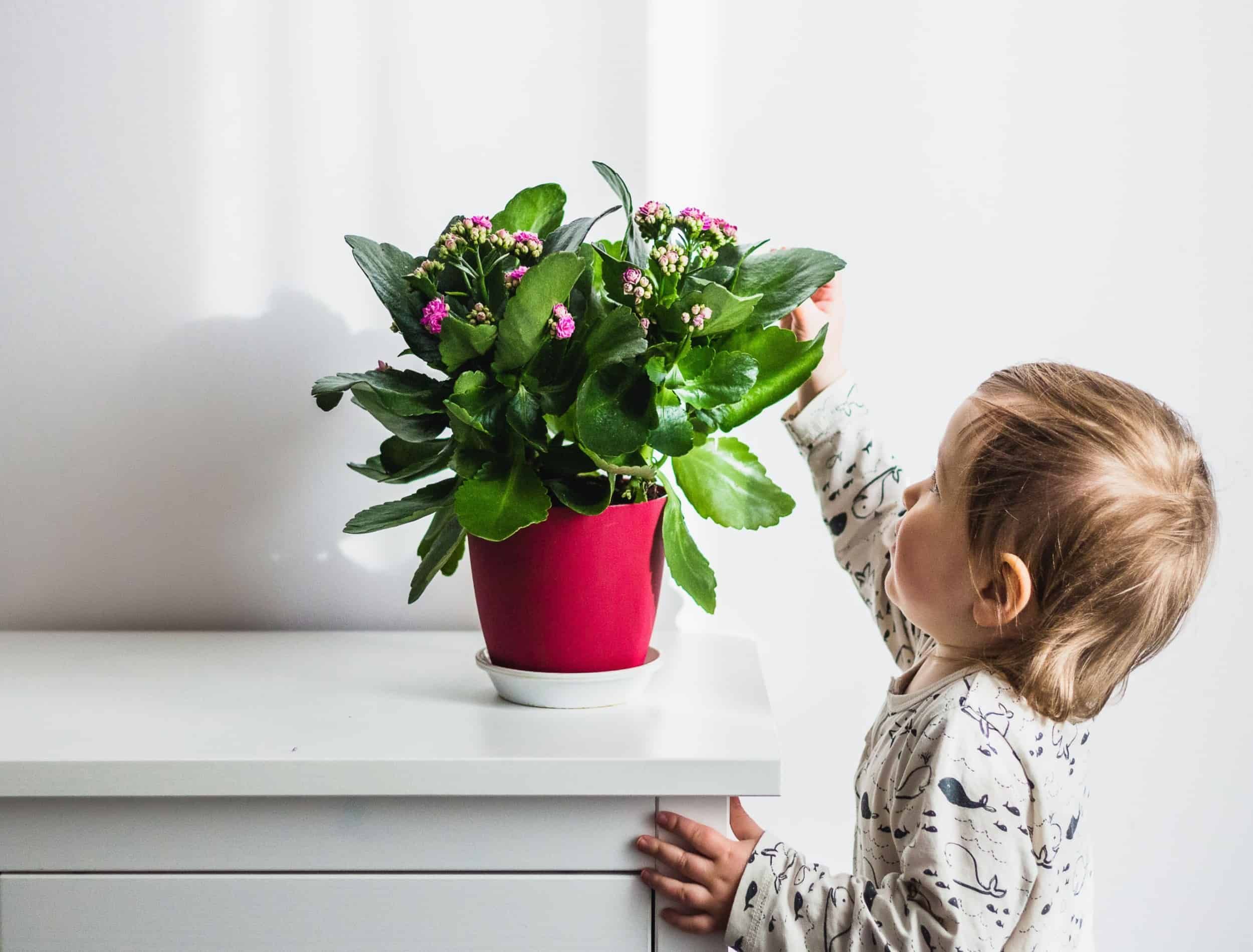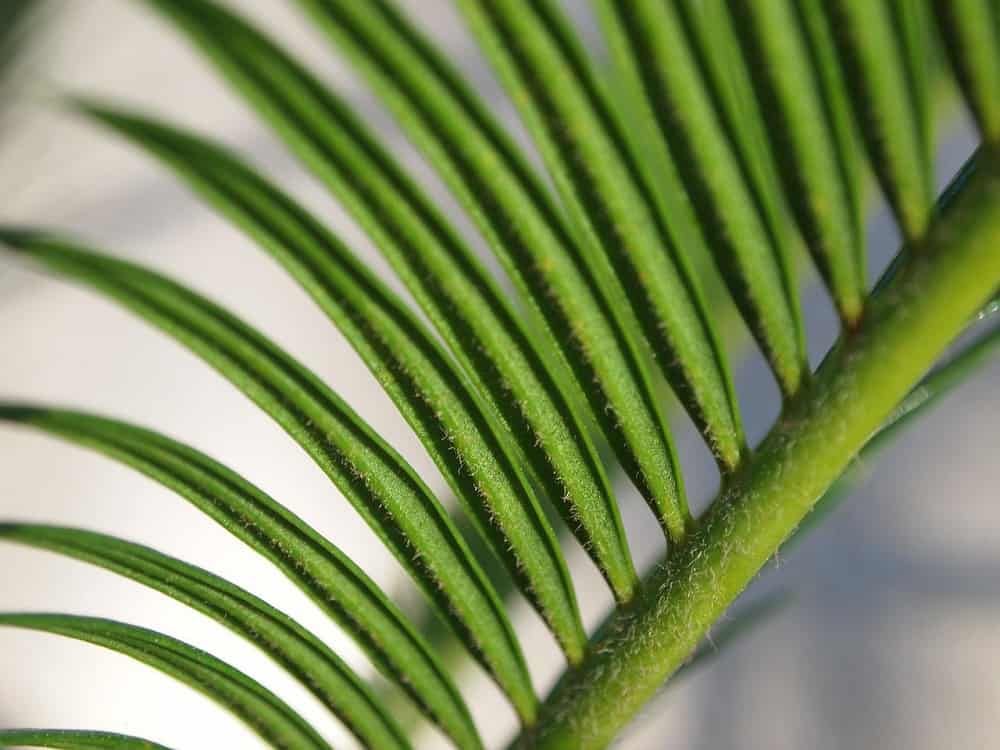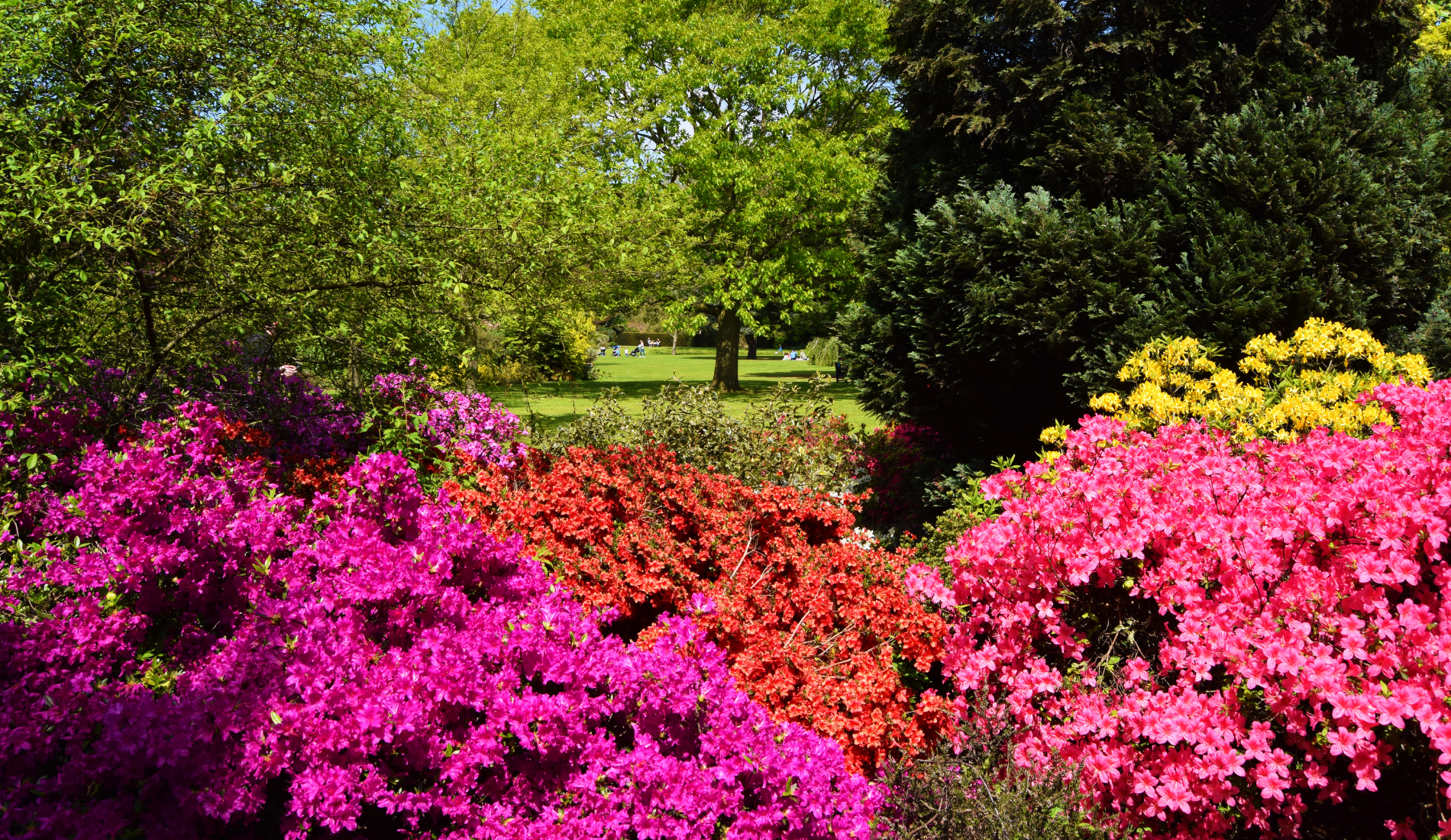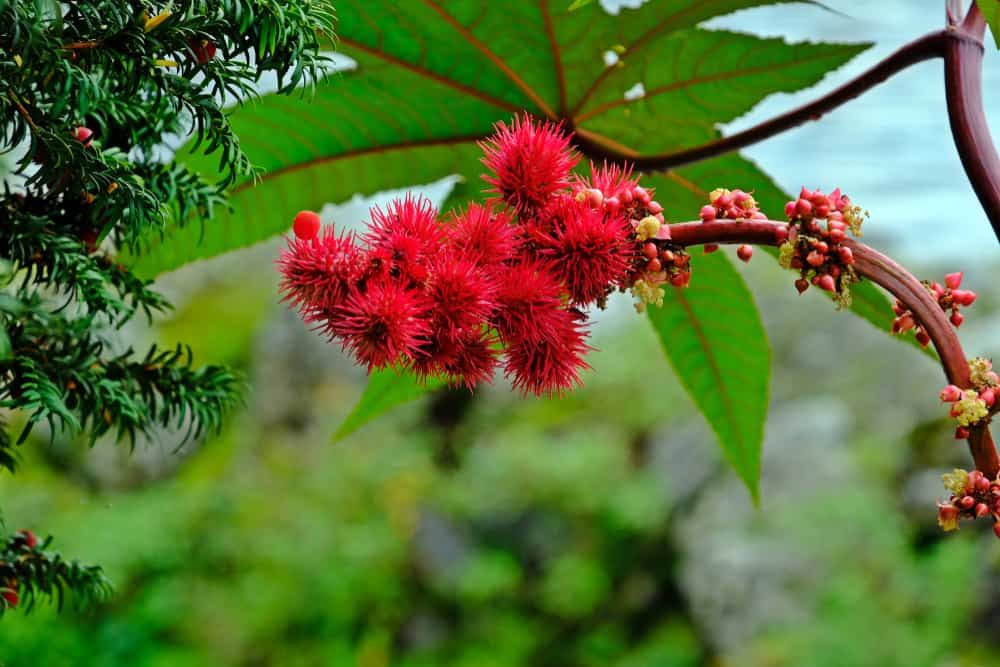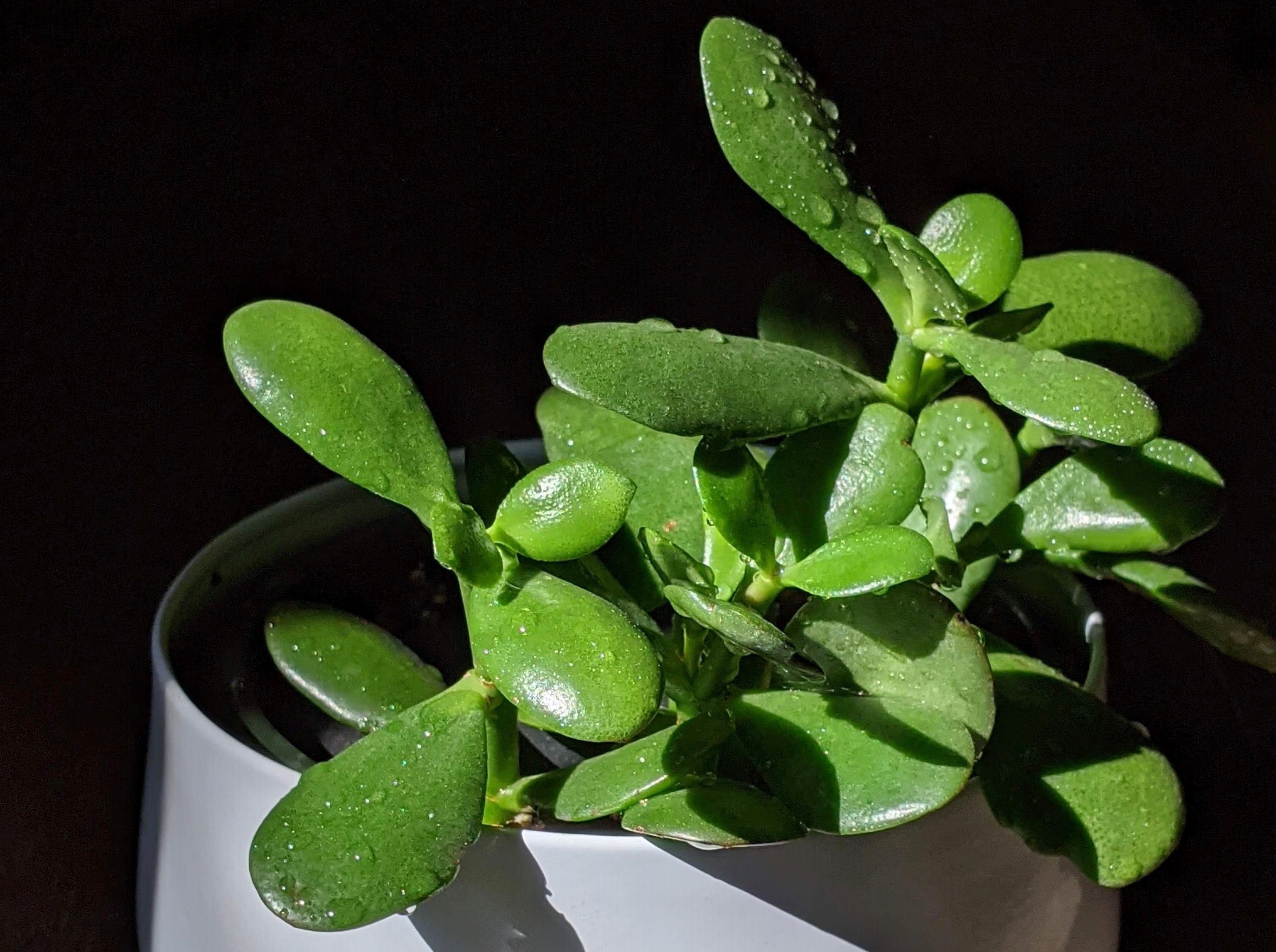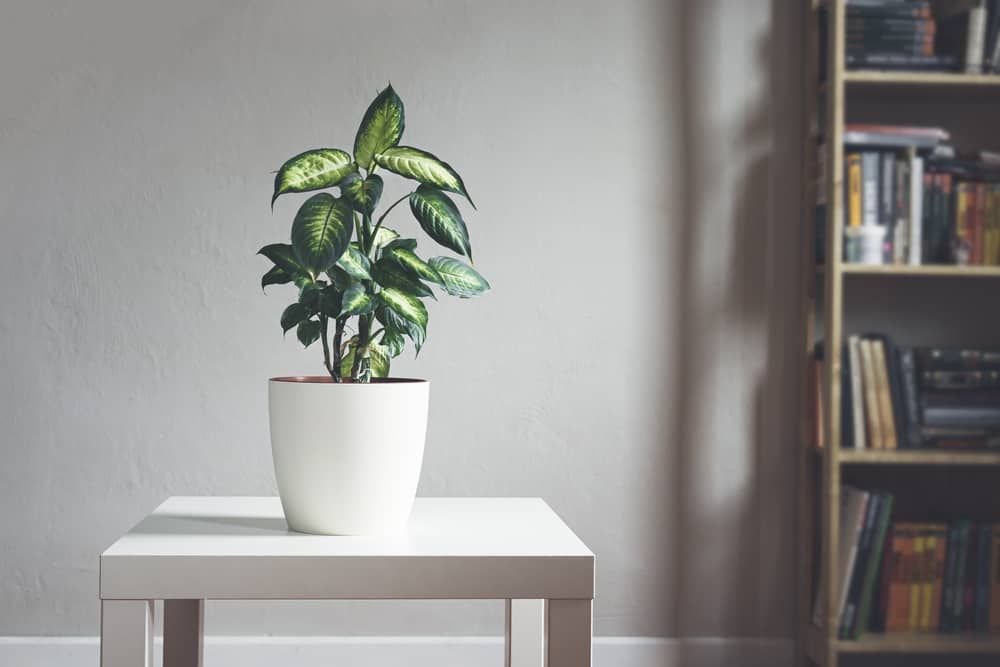If you have kids, you know how curious they can be. They like to explore their surroundings by touching, tasting, and smelling everything they see. That's why you always have to be aware of which plants are poisonous and could harm them if they come in contact with them.
To help you protect your children, we prepared a list of the seven plants you should avoid if you have little ones running around. Read on for more information!
Rhododendrons
Image credits: Kelly Sikkema via Unsplash
Rhododendrons are one of the most popular flowering shrubs in the world. But what many people don't realize is that these beautiful plants can be deadly to young children.
The toxic principle in rhododendrons is grayanotoxin. This substance can cause vomiting, diarrhea, abdominal pain, cardiac arrhythmia, and convulsions in kids who ingest even a small amount of it. In severe cases, grayanotoxin can cause respiratory failure and death.
There are more than 850 species of rhododendron, so parents need to be aware of the dangers they pose. If you have young children in your home, keep rhododendrons out of their reach. And if you suspect your child has ingested any part of a rhododendron, call poison control immediately.
Sago Palms
Image credits: Brendan Tuohy via Pixabay
Sago palms are lovely houseplants that can be toxic to kids if they ingest them. All parts of the plant are poisonous, but the seeds (or "nuts") contain the highest concentration of toxins.
Symptoms of sago palm poisoning include vomiting, diarrhea, blood in the stool, liver failure, and death. If you have a sago palm, keep it out of reach of kids and pets. If you think your child has eaten any part of a sago palm, again, call poison control immediately.
Foxglove
Image credits: Couleur via Pixabay
Foxgloves contain digitalis, a compound that can be harmful to children in small doses. The plant is toxic and can cause nausea, vomiting, and diarrhea. If a child eats enough of the plant, they could experience heart problems and seizures.
Foxglove plants are also dangerous to pets. If you have foxglove in your home or garden, make sure your children and pets are not in contact with it, and call the doctor or veterinarian if you suspect they ingested the plant.
Azaleas
Image credits: MelanieGermain via Canva
Azaleas are popular flowering plants that come in a wide range of colors, from white to pink to purple. They're often used as ornamental plants in gardens and parks. But did you know that azaleas are toxic to children?
If a child eats even a small amount of azalea leaves or flowers, they can experience vomiting, diarrhea, weakness, and abdominal pain. In severe cases, azalea poisoning can lead to coma and death. So be aware of the potential dangers posed by these beautiful plants.
If you have azaleas in your yard, protect children from being able to reach them. If they somehow ingest any part of an azalea, contact a medical professional immediately.
Castor Bean
Image credits: Supratchai Pimpaeng via Shutterstock
Kids love exploring the great outdoors, and there's no plant more curious than the castor bean plant. But what many people don't realize is that these plants are highly toxic to children.
The reason behind this is that the plant contains a compound called ricin. Ricin is a powerful toxin that, when ingested or inhaled, can cause difficulty breathing, fever, cough, severe vomiting and diarrhea, and in some cases, death. It can also cause serious damage to the liver and kidneys due to dehydration.
So, if you have young kids at home, make sure they stay away from castor bean plants. If you see them playing near one, remove them immediately and wash their hands thoroughly. And of course, if they ingest any part of the plant, seek medical help right away.
Jade Plant
Image credits: Susan Wilkinson via Unsplash
Did you know that jade plants are toxic to kids? These beautiful green plants can be harmful if ingested by young children.
The toxicity of jade plants is due to the presence of saponins, which are poisonous chemicals. If your child ingests a jade plant, symptoms may include skin irritation, diarrhea, and abdominal pain. In severe cases, saponin poisoning can lead to seizures or convulsions.
It is also highly toxic for cats and dogs, so make sure to keep an eye on them too.
Dumb Cane
Image credits: t.sableaux via Shutterstock
Dumb cane plants are toxic to kids if they eat any part of the plant. All parts of the plant contain calcium oxalate crystals, which can cause burning and irritation of the mouth, throat, and stomach. In severe cases, difficulty breathing and swelling of the airways can occur. If your child has eaten the plant, call your doctor or poison control center right away.
If you have dumb cane plants in your home, keep them out of reach of children and pets. Consider planting them in a hanging basket or pot on a high shelf. Educate your friends and family about the dangers of these plants if they have young children or pets in their homes.
Be Careful!
As a responsible parent, be aware of which plants are poisonous and could harm your child if they come in contact with them. Keep this information in mind and do your best to keep them away from these harmful plants.
Have you ever had an experience with one of these poisonous plants? Let us know in the comments below!

